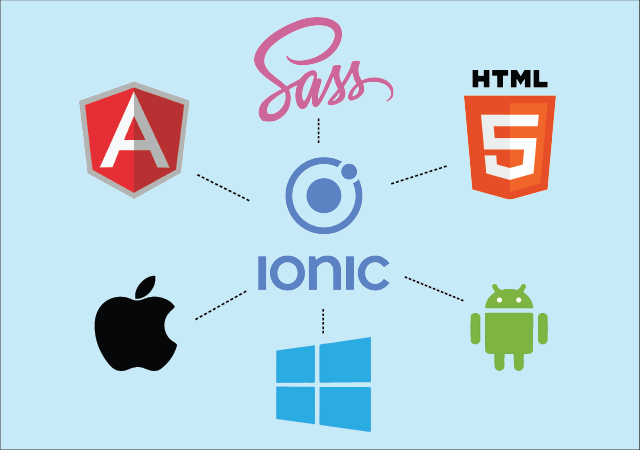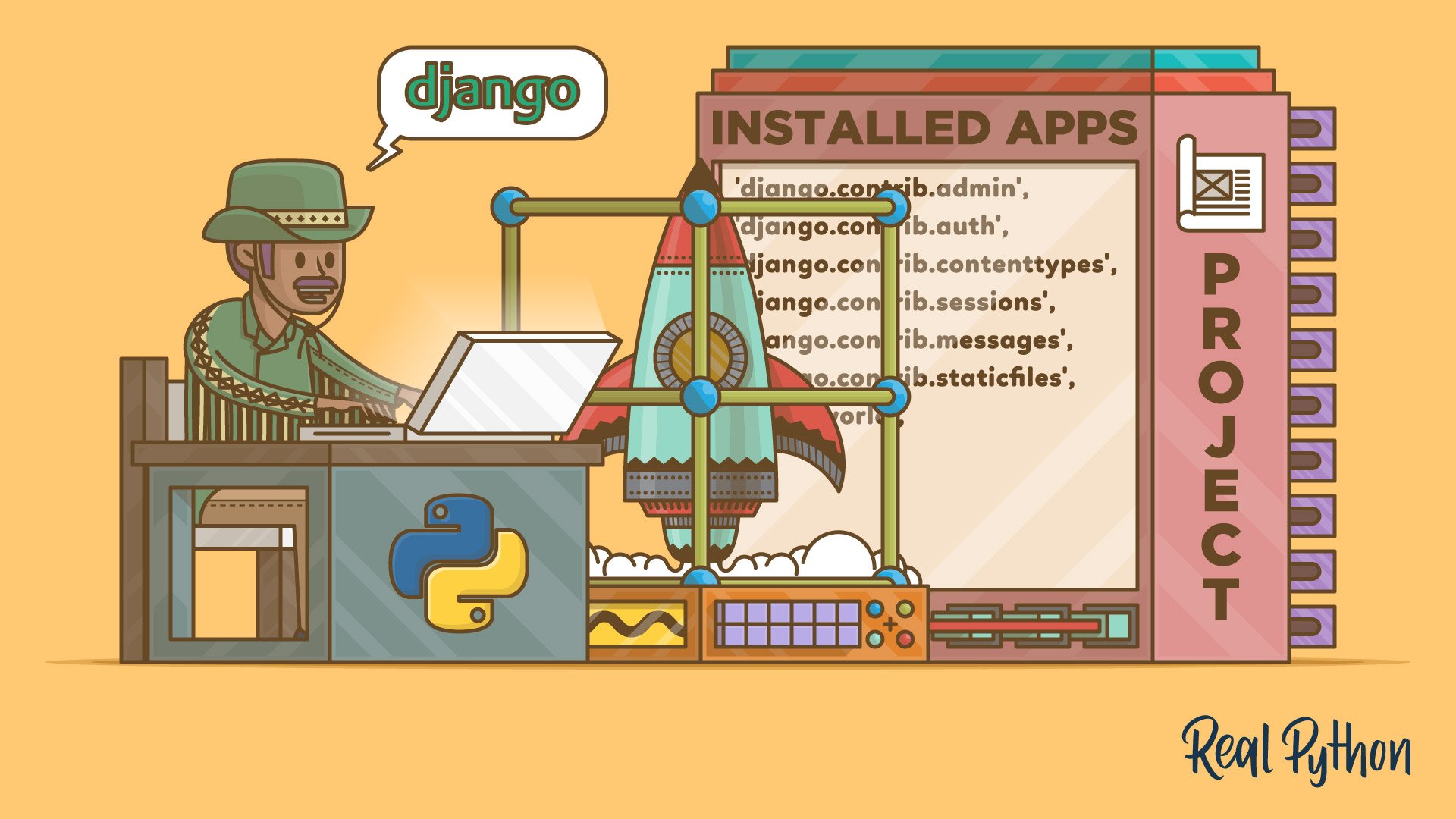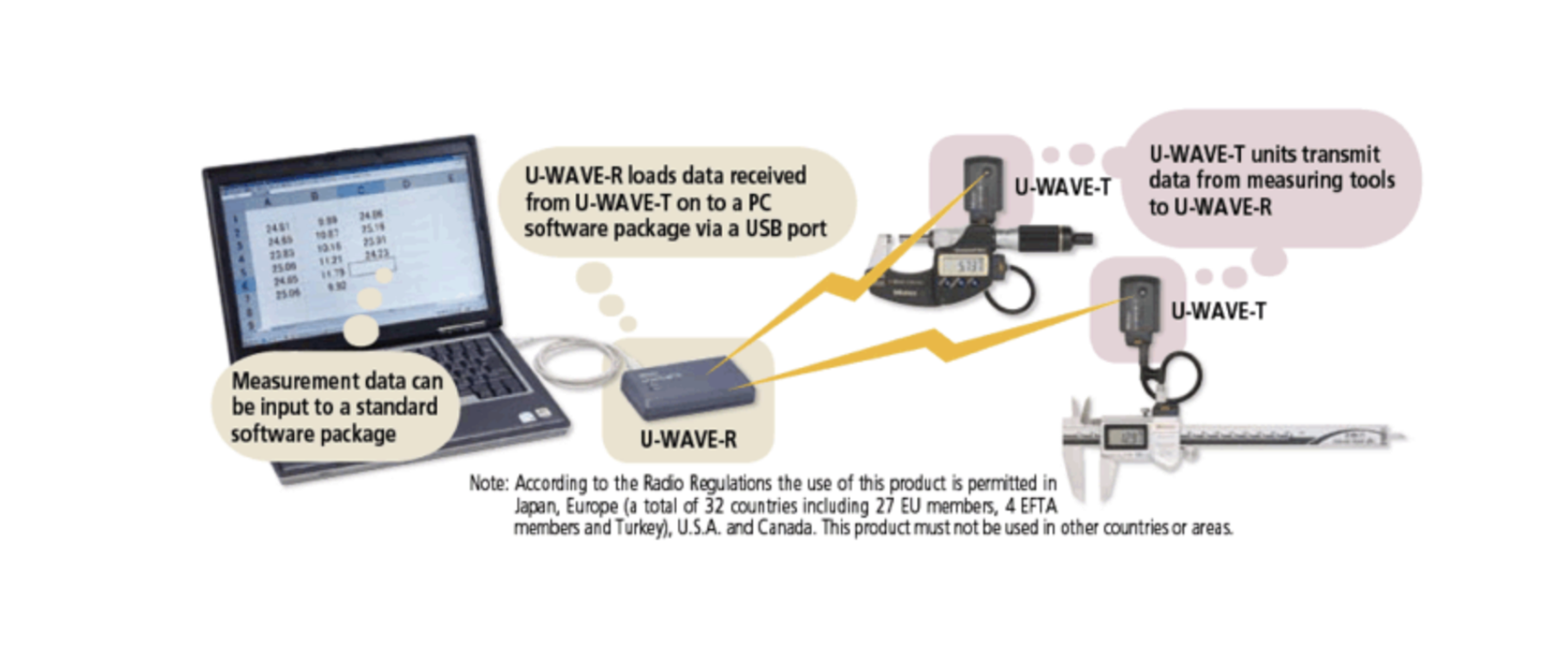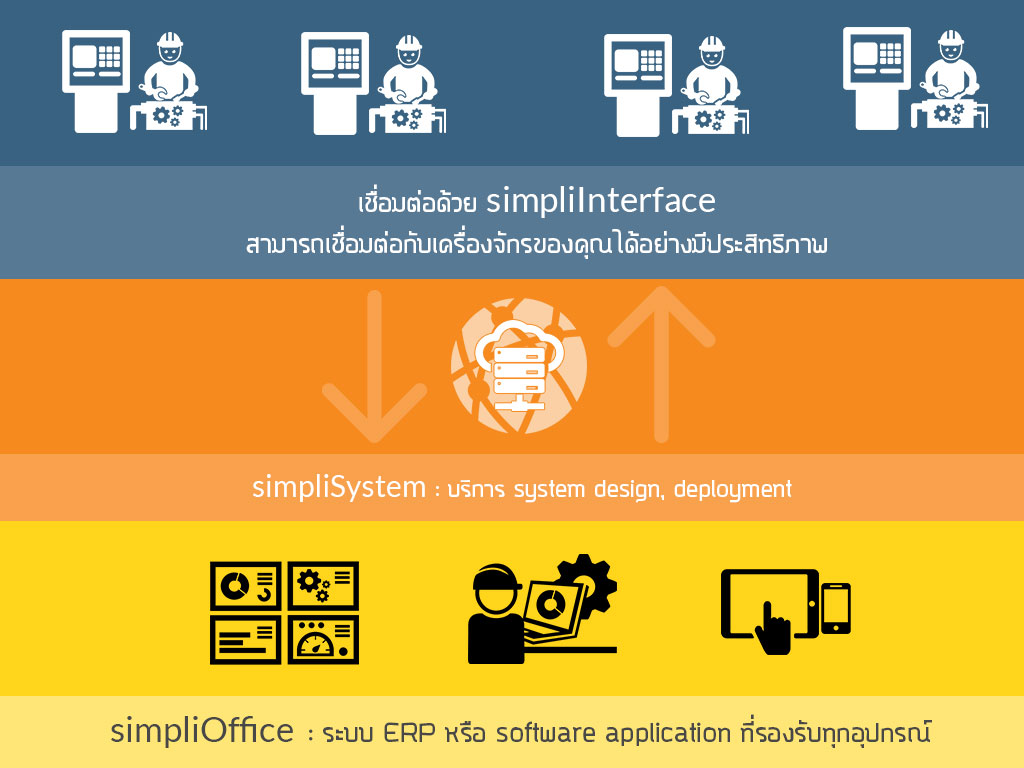The Future of Work: Open-Source Projects Driving Labor-Saving Automation
In today’s fast-changing world, labor shortages and rising operational costs are forcing industries to rethink how work gets done. Automation has long been a buzzword, but what’s exciting now is that many of the most impactful solutions are open-source—free to use, adapt, and improve.
From farms to factories, smart homes to AI assistants, open-source projects are reshaping how we save time, reduce costs, and boost productivity. Let’s explore some of the most promising innovations.
🌱 Agriculture & Farming Automation
FarmBot: CNC Farming at Your Fingertips
FarmBot is often called the “3D printer for farming.” It’s an open-source robotic system that automates planting, watering, and even weeding. Small farmers and hobbyists can build it themselves, reducing manual fieldwork dramatically.
MACARONS: Modular Robots for Vertical Farms
Vertical farming has its own challenges. MACARONS is a modular automation system that transports trays across growing chambers. With a cost of around \$145 per unit, it’s affordable, well-documented, and designed for easy assembly.
Fields2Cover: Smarter Paths for Farm Vehicles
This open-source software library provides efficient coverage path planning for tractors and autonomous vehicles, minimizing wasted motion during plowing, spraying, or harvesting.
AI Weed-Fighting Robots
Weeding is one of the most labor-intensive farming tasks. Open-source agricultural robots now use computer vision and deep learning to spot and remove weeds in real time, saving countless hours of manual labor.
Avena & OATS: Open Digital Agriculture
Projects like Avena and Purdue’s OATS Center are building frameworks for data-sharing and digital tools that reduce vendor lock-in. Farmers can run third-party apps on their equipment and control their own automation stack.
🤖 Robotics & Research
PyRobot
Robotics research often struggles with complexity. PyRobot, built on ROS (Robot Operating System), offers an abstraction layer that makes it easier to develop robotic applications without starting from scratch.
🏠 Smart Homes & Industrial IoT
OpenHAB: Automating Daily Life
OpenHAB is an open-source platform that connects hundreds of smart home devices. With rule-based automation, it can handle everything from lighting and security to heating—saving households time every day.
OpenRemote: From Homes to Smart Cities
At industrial scale, OpenRemote orchestrates devices across factories, fleets, or even city infrastructure. It integrates multiple protocols, monitors energy, and streamlines operations with a single rules engine.
🛠️ Manufacturing & Fabrication
Multimachine
The Multimachine project is an open-source, multi-purpose machine tool that can be built using car engine blocks and basic materials. It’s designed for communities with limited industrial infrastructure, bringing automation where it’s needed most.
🧠 AI Agents: The New Workforce
While physical robots and machines handle the “hands” of automation, AI agents provide the “brains.” Open-source frameworks like LangChain, Haystack, and Rasa enable businesses to build custom agents that can:
- Automate customer service through natural conversation.
- Coordinate tasks across systems like ERP, databases, and IoT devices.
- Analyze data and provide real-time recommendations.
- Orchestrate workflows that combine digital and physical automation.
In many cases, AI agents are becoming the new digital workforce, filling the gaps where human resources are scarce.
🔗 How AI Agents Connect to the World
flowchart TD
A["AI Agent (LLaMA / LangChain / Rasa)"]
subgraph Tools["Tools / Plugins"]
T1["Database Connector"]
T2["API Caller"]
T3["File Reader / Writer"]
T4["Scheduler / Workflow Engine"]
end
subgraph External["External Systems"]
E1["Business Database (PostgreSQL, MongoDB)"]
E2["CRM / ERP (Odoo, SAP)"]
E3["IoT / Robotics (FarmBot, Sensors)"]
E4["Web Services (Email, Slack, Weather API)"]
end
A --> Tools
Tools --> External💡 The agent interprets a task → uses tools to interact → executes actions across databases, ERP systems, robotics, or APIs. This is how intelligence turns into real-world labor savings.
🚀 Why This Matters
- Cost Savings: Open-source automation costs far less than proprietary systems.
- Flexibility: Source code and hardware designs can be adapted to local needs.
- Community-Driven Innovation: Thousands of contributors worldwide improve these tools.
- Global Reach: From smart farms in Japan to small workshops in Africa, these solutions scale.
✨ Final Thoughts
Labor-saving automation isn’t about replacing people with machines. It’s about freeing up human time for creative, meaningful work. From FarmBot to OpenHAB, Multimachine to AI agents, open-source projects are shaping a future where technology empowers rather than excludes.
The best part? Anyone can get started. The blueprints, the code, and the communities are open—waiting for builders, dreamers, and doers like you.
Get in Touch with us
Related Posts
- 面向市级与区级政府的数字化系统参考架构
- Reference Architecture for Provincial / Municipal Digital Systems
- 实用型 GovTech 架构:ERP、GIS、政务服务平台与数据中台
- A Practical GovTech Architecture: ERP, GIS, Citizen Portal, and Data Platform
- 为什么应急响应系统必须采用 Offline First 设计(来自 ATAK 的启示)
- Why Emergency Systems Must Work Offline First (Lessons from ATAK)
- 为什么地方政府的软件项目会失败 —— 如何在编写代码之前避免失败
- Why Government Software Projects Fail — And How to Prevent It Before Writing Code
- AI 热潮之后:接下来会发生什么(以及这对中国企业意味着什么)
- After the AI Hype: What Always Comes Next (And Why It Matters for Business)
- 为什么没有系统集成,回收行业的 AI 项目往往会失败
- Why AI in Recycling Fails Without System Integration
- ISA-95 vs RAMI 4.0:中国制造业应该如何选择(以及为什么两者缺一不可)
- ISA-95 vs RAMI 4.0: Which One Should You Use (And Why Both Matter)
- 为什么低代码正在退潮(以及它正在被什么取代)
- Why Low‑Code Is Falling Out of Trend (and What Replaced It)
- 2025 年失败的产品 —— 真正的原因是什么?
- The Biggest Product Failures of 2025 — And the Real Reason They Failed
- Agentic AI Explained: Manus vs OpenAI vs Google —— 中国企业的实践选择
- Agentic AI Explained: Manus vs OpenAI vs Google — What Enterprises Really Need














